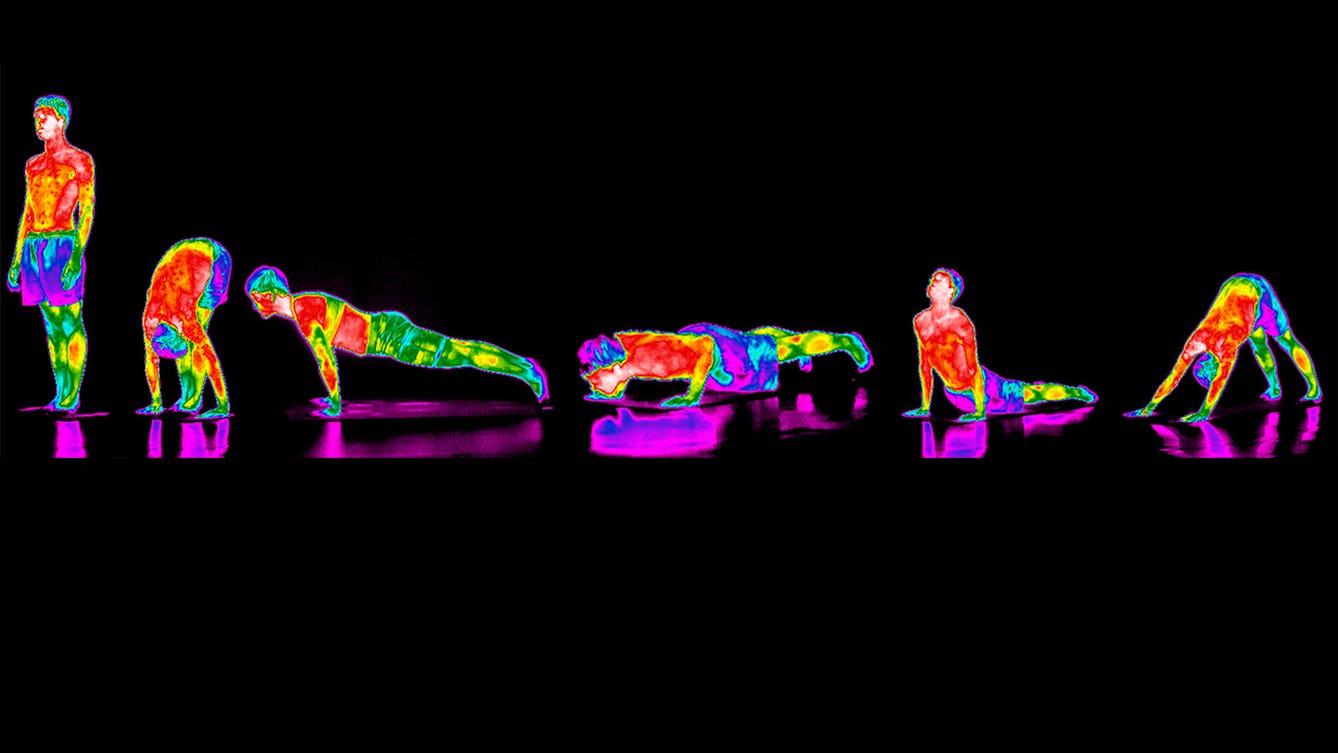Stories

- Article
A history of mindfulness
Matt Drage questions how an ancient religious practice became a secular cure for stress.

- Article
Tripping for spiritualism and science
Getting high in the name of religion or creativity has been practised for centuries. Now it seems hallucinogenics could help treat mental illnesses too.

- Article
Yoga adapts to time and place
A yoga teacher in 1930s India inspired today’s transnational practice with his spectacular fusion of tradition and innovation.

- Article
Sun salutations and yoga synthesis in India
Surya namaskars, or sun salutations, have a long history in South Asia, but their place at the heart of modern yoga is more recent.
Catalogue
- Archives and manuscripts
History of the Avon Longitudinal Study of Parents and Children (ALSPAC) c. 1980 - 2000
Date: 2010 - 2012- Archives and manuscripts
Volume 46. 'Clinical Cancer Genetics: Case Study and Context c. 1975 - c. 2010'
The Wellcome Trust Centre for the History of Medicine at UCLDate: 2011 - 2013Reference: GC/253/A/46Part of: Wellcome Witnesses to Twentieth Century Medicine Seminars- Archives and manuscripts
Volume 44. 'History of the Avon Longitudinal Study of Parents and Children (ALSPAC) c. 1980 - 2000'
The Wellcome Trust Centre for the History of Medicine at UCLDate: 2010-2012Reference: GC/253/A/44Part of: Wellcome Witnesses to Twentieth Century Medicine Seminars- Archives and manuscripts
General Correspondence - closed material
The Wellcome Trust Centre for the History of Medicine at UCLDate: 2010-2012Reference: GC/253/A/44/1bPart of: Wellcome Witnesses to Twentieth Century Medicine Seminars- Books
Renaissance commentaries on Avicenna's 'Canon', book I, part I, and the teaching of medical theoria in the Italian universities. - Appendices. Latin editions of the 'Canon' published after 1500 and editions of Latin commentaries ... written in Italy after 1500 / Nancy G. Siraisi.
Siraisi, Nancy G.Date: 1984









